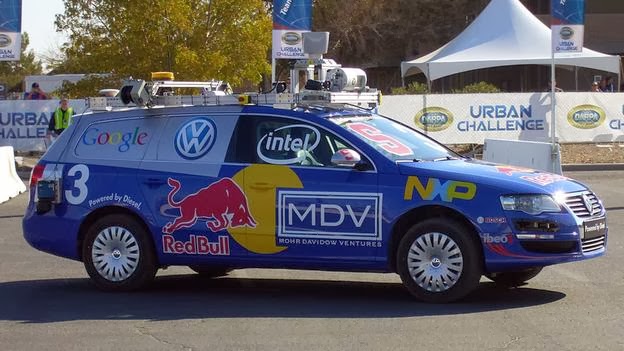If you have ever wanted to know what "DARPA" stands for then here is your chances. However, chances are that you have never even heard of the five-letter abbreviation of DARPA, but here's what this auto racing term stands for just in case you are wondering: Defense Advanced Research Projects Agency. This is definitely a loaded abbreviation, especially for the auto racing industry, but this contest is put on by the United States' Department of Defense. As mentioned, this contest truly is an auto racing contest of a lifetime and soon you will be able to see why there are many people who love the idea of the DARPA Challenge.
The whole idea of this auto racing challenge is for automobile producers, companies, competitors within academic settings, as well as a whole bunch of other people, to compete their automobiles against each other. The only catch is that while this race is taking place there is not to be one single human driving any of the cars. You may be wondering just how this is possible, but the whole idea of the DARPA Challenge is to come up with an idea for an automobile that will be fully functional all on it's own; it should have the capabilities to drive on its own through the use of a robotic computer in the front seat of the car. Furthermore, the DARPA Challenge also requires that the automobiles that are racing has to follow all the rules of the road, which include interactions with the other auto racing automobiles at stop signs and cross points, as well as the smart technology not to crash into any other automobile.
So far, there have been three of these auto racing DARPA Challenges in the United States. The first DARPA Challenge took place in the Mojave Desert; the second one took place in 2005; the third auto race took place this year in 2007 on the George Air Force Base, which has been closed for quite some time. Since the area was large and abandoned it had been decided that it was the perfect place for auto racing of the DARPA Challenge. There are also very important ramifications for the winners of the challenge, too. For example, the top prize in 2007 was two million dollars. There is also a million dollar prize, but these prize awards are supposed to be used for the funding of a totally new automobile by the company or producer that won.
In 2007, the winner of the $2 million prize was a Chevy Tahoe that was produced by General Motors and was modified by students and professors of the Carnegie Mellon University in order to win. The million dollar prize went to the participants at Stanford University and their vehicle that was used was a VW Passat. In both of these cases, the cars that were challenged met all of the criteria of the auto racing judges.
All in all, the auto racing of the DARPA Challenge really is like no other of the auto races within the United States. Even though their are computer drivers of the automobiles in the contest, that is about the only similarity within the whole activity. The fact of the matter is, though, that the DARPA Challenge is not only very beneficial, but also very important to those who are involved and to the participants who have won!
Subscribe to:
Post Comments (Atom)






0 comments:
Post a Comment